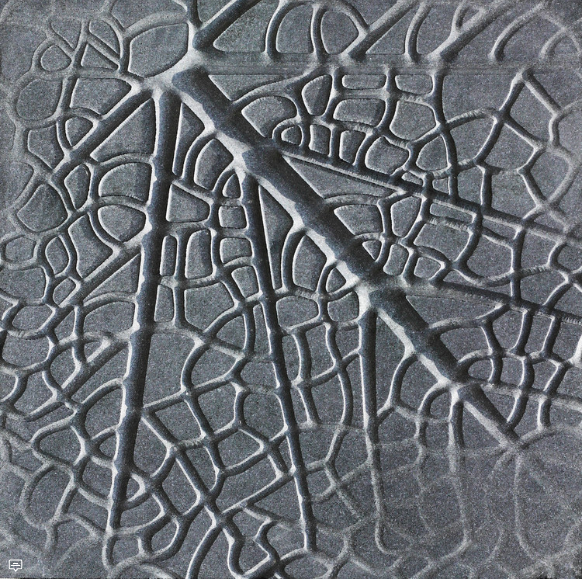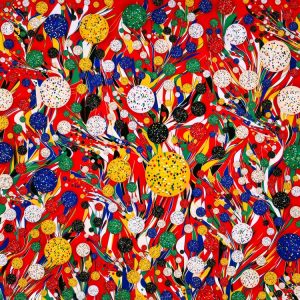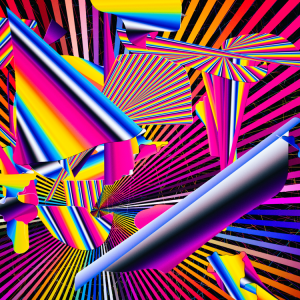Anoma is a product design studio headed by Ruchika Grover to produce artwork made of natural stone, using a combination of digital manufacturing and traditional hand craftmanship.
What I admire about Grover’s work is that she incorporates natural textures and shapes of nature itself into her work. She first draws a 2-D illustration on paper, and then uses computer-aided modeling for precise measurements and adding intricate details. This is where she modifies the measurements before she develops the prototype.

Then, prototypes are developed for about 4-6 months with dimensions translated into manufacturing directives and into a Computer Numerical Controlled (CNC) milling machine. A cylindrical tool then cuts and drills based on computer directions, with recycled water circulated in order to regulate the temperature of the cutting tool and base stone so that the rapid tool doesn’t wear and there’s no thermal expansion of the stone.

Finally, artisans carve detailed textures into the stone which adds a human touch to the digitally-fabricated artwork.
To the viewers, you could clearly see Grover’s background and interest in botanics as her inspiration for her artwork. The shapes and intricate details of each work resembles some shape or texture to those of nature. It is fascinating to see an artist create a work of nature generated by computer.
Link to Grover’s work: https://www.archdaily.com/898786/digital-design-and-indian-craft-merge-to-generate-these-beautiful-cladding-patterns
![[OLD FALL 2019] 15-104 • Introduction to Computing for Creative Practice](../../wp-content/uploads/2020/08/stop-banner.png)


